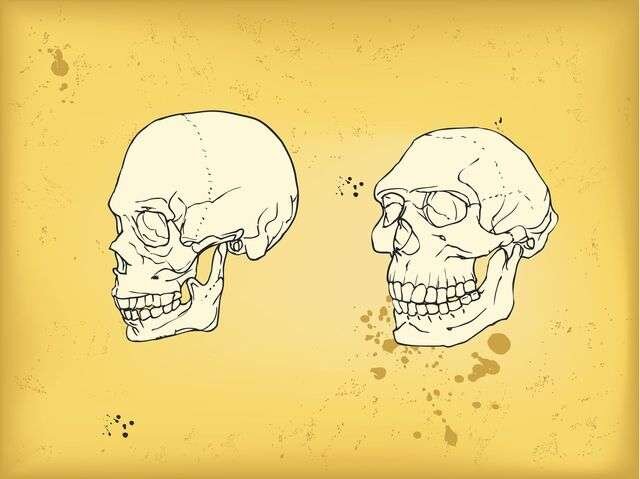Neanderthals had bigger brains than people today

Neanderthals: Did Their Bigger Brains Make Them Smarter?

When we think of Neanderthals, we often picture them as primitive and less advanced compared to modern humans. However, a fascinating fact about these extinct hominids challenges this perception - Neanderthals actually had bigger brains than people today!
But does a bigger brain always mean superior intelligence? Let’s delve into the evolutionary history of Neanderthals and explore the implications of their larger brain size.
To begin with, it is important to note that brain size alone does not determine intelligence. While a larger brain can potentially support greater cognitive abilities, it is not the sole indicator of intelligence. However, brain size does provide some insight into the cognitive capabilities of a species.
Studies comparing the size of Neanderthal brains with those of Homo sapiens reveal that Neanderthals had a slightly larger average brain size. On average, Neanderthal brains were about 10% larger than those of modern humans. This size difference corresponds to an additional 100-200 cubic centimeters, which is roughly equivalent to the size of a tennis ball.

However, it is crucial to highlight that brain size is not the only factor contributing to cognitive abilities. The organization and structure of the brain, as well as the connections between different regions, are equally important. In fact, modern humans have a more complex brain structure, characterized by greater folding and increased surface area, which allows for enhanced connectivity and cognitive functions.
Moreover, it is important to consider cultural factors when evaluating the intelligence of Neanderthals. While evidence suggests that Neanderthals were skilled tool-makers and were capable of symbolic expression, their cultural advancements were not as pronounced as those of Homo sapiens during the same time period. This indicates that intelligence is not solely determined by brain size but is also influenced by the transmission of knowledge and cultural development.
Recent research also suggests that factors such as language, social organization, and even the environment played significant roles in shaping the cognitive abilities of Neanderthals. Though their larger brains potentially offered certain advantages, it is difficult to draw definitive conclusions about their intelligence without a thorough understanding of their cultural and social dynamics.
In conclusion, the fact that Neanderthals had bigger brains than modern humans opens up intriguing questions about the nature of intelligence and cognitive abilities. While brain size can offer some insights, it is the complex interplay between brain size, structure, organization, and cultural factors that truly determines intelligence. By studying Neanderthals and their brain size, scientists continue to unravel the mysteries of our ancient relatives and gain a deeper understanding of human evolution.
Source: Discover Magazine
Share
Related Posts
Quick Links
Legal Stuff

